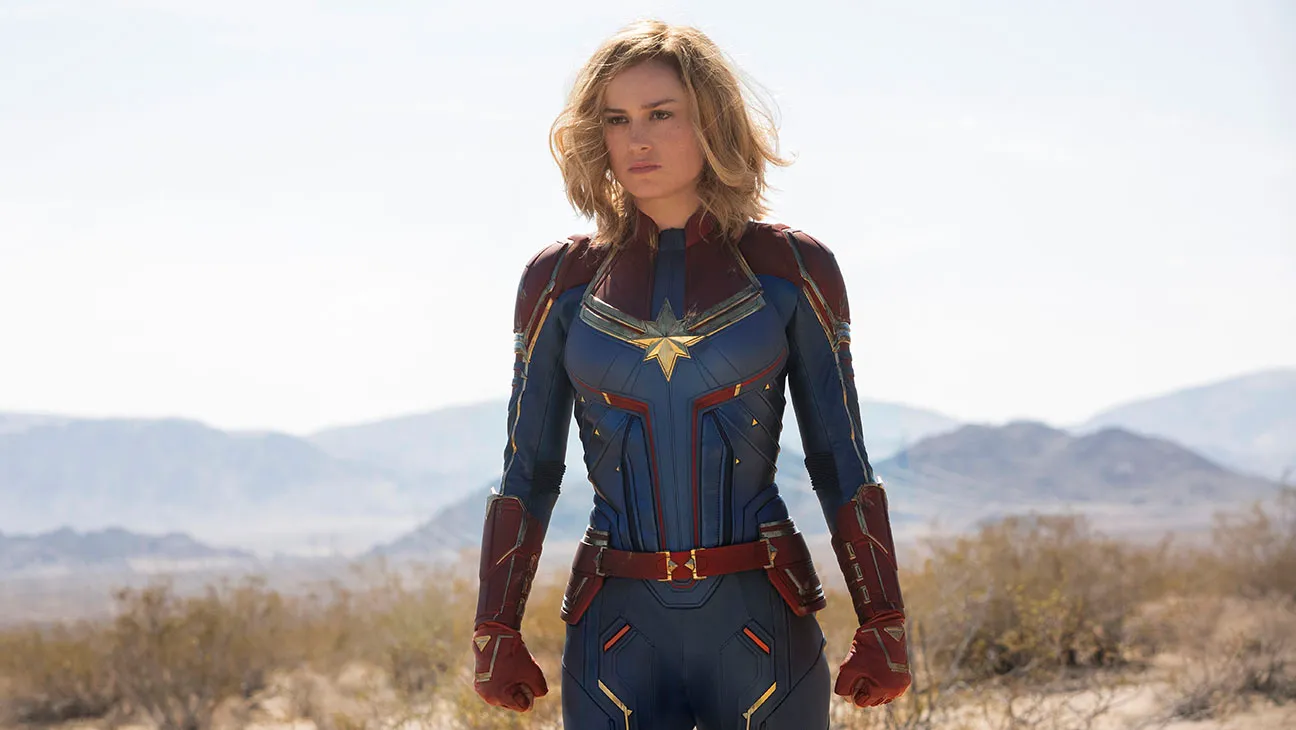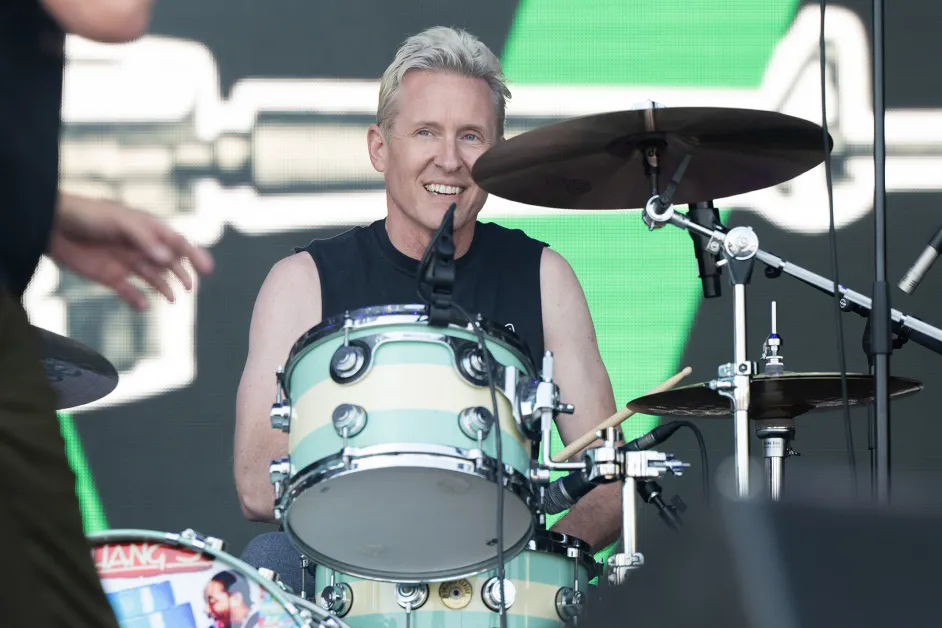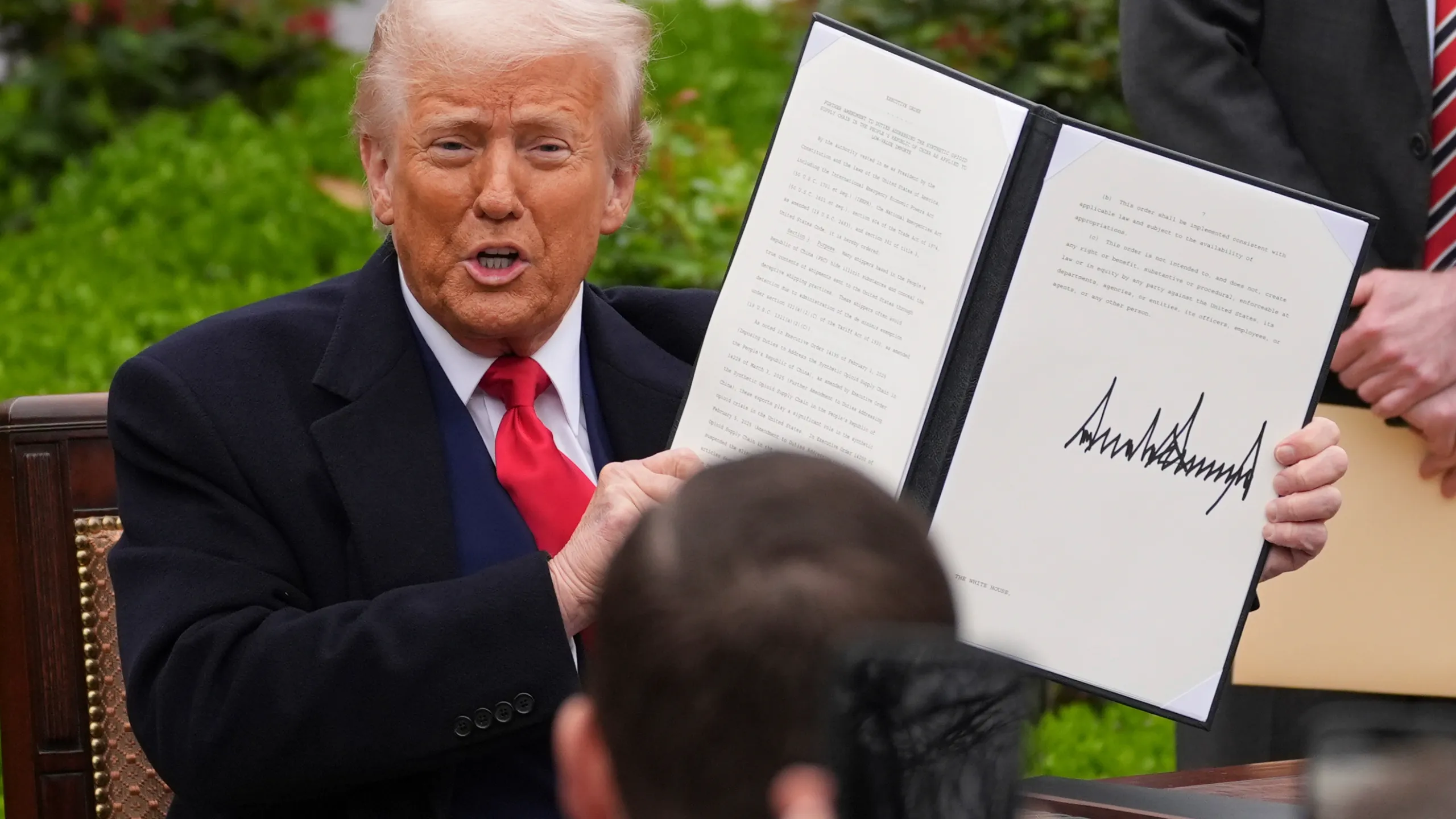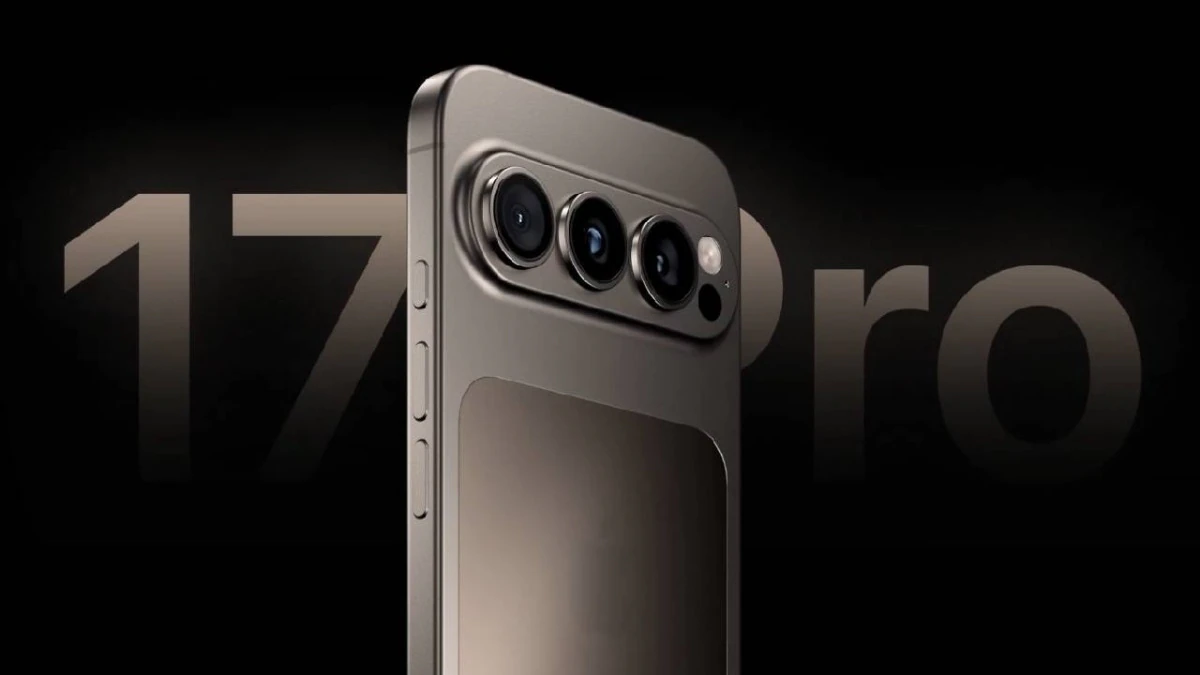
In the landscape of modern Hollywood, superhero movies have become more than just entertainment—they are cultural phenomena that shape societal perceptions and industry standards. Among these, Captain Marvel stands out as a revolutionary film that not only expanded the Marvel Cinematic Universe (MCU) but also catalyzed a significant shift in how Hollywood approaches female-led superhero stories. This film’s release marked a turning point, inspiring filmmakers, studios, and audiences to rethink traditional narratives, representation, and the scope of superhero cinema.
The Rise of Captain Marvel: A Cultural and Industry Milestone
Breaking the Glass Ceiling in Hollywood
Captain Marvel introduced Marvel’s first solo female-driven superhero film, starring Brie Larson in the titular role. Its emergence was not merely a addition to the superhero genre but a deliberate move towards gender diversity. The film challenged longstanding industry paradigms that often relegated women to sidekick or supporting roles. By focusing on Carol Danvers’ origin story—a character with a complex history, agency, and resilience—the film exemplified how female superheroes could carry blockbuster narratives independently.
Hollywood’s traditional approach often avoided large-scale female-led blockbusters, fearing they wouldn’t perform commercially. However, Captain Marvel defied these expectations, grossing over $1 billion globally, which proved that audiences are eager for diverse stories led by compelling female characters. This success created a ripple effect, encouraging studios to invest more in women-centric superhero projects.
Redefining Representation and Diversity
One of the most groundbreaking aspects of Captain Marvel was its emphasis on representation. The film celebrated multiculturalism, inclusivity, and empowerment, inspiring a new generation of fans and creators. Brie Larson’s advocacy for diversity and her active promotion of female and minority voices drew attention to the importance of authentic representation in Hollywood. This shift motivated other studios to prioritize diversity, leading to an increase in stories featuring women, people of color, and marginalized groups in leading roles.
Furthermore, the film’s portrayal of Carol Danvers as a strong, independent heroine challenged stereotypical notions of femininity in superhero narratives. It demonstrated that female superheroes could be both powerful and emotionally nuanced, broadening the appeal and depth of superhero storytelling.
The Technological and Thematic Innovation
Special Effects and Visual Innovations
“Captain Marvel” showcased cutting-edge visual effects that set new standards in superhero cinema. From the depiction of her cosmic powers to the vibrant sequences set in space, the film pushed technological boundaries. This focus on high-quality visual storytelling elevated the genre, encouraging other filmmakers to invest in innovative effects that enhance narrative immersion.
Complex Character Development
Unlike earlier Marvel films that often relied heavily on humor or action, Captain Marvel emphasized深 character development. Brie Larson’s portrayal of Carol Danvers was layered with vulnerability, strength, and resilience, fostering a deeper connection with audiences. This nuanced characterization inspired Hollywood to prioritize complex, multi-dimensional characters, moving away from one-dimensional superhero stereotypes.
Impact on Hollywood’s Industry and Filmmaking Strategies
Shifting Production and Marketing Approaches
The success of Captain Marvel prompted studios to reevaluate their strategies for female-led franchises. Marketing campaigns highlighted the film’s themes of empowerment and representation, appealing to diverse demographics. Producers recognized that broadening narratives to include underrepresented groups could lead to both critical and commercial success.
Moreover, Hollywood began to see the value of investing in heroes that reflect a wider array of stories, backgrounds, and experiences. This shift contributed to the broader trend of authentic storytelling, encouraging creators to develop content that resonates with global audiences seeking more inclusive narratives.
Encouraging Female-Driven Franchise Development
- Studios initiated plans for sequels and spin-offs centered around female characters.
- Increased funding for projects led by women or featuring diverse casts.
- Broader acceptance of female protagonists as box office anchors.
This paradigm shift extended beyond Marvel, influencing other studios to produce women-led superhero projects such as Wonder Woman 1984, Black Widow, and Eternals. This diversification of superhero cinema expanded Hollywood’s narrative horizons and audience reach.
The Broader Cultural Influence
Empowerment and Inspiration
Captain Marvel became a symbol of female empowerment and resilience, resonating with a global audience eager for stories of strength and independence. It inspired young women and girls to see themselves as heroes, challenging stereotypical gender roles ingrained in media.
Leading the Conversation on Gender Equity
The film also ignited conversations about gender equity both in Hollywood and society at large. It underscored the importance of representation, diversity, and equal opportunities, setting a precedent for future productions that prioritize inclusive storytelling.
Criticisms and Challenges
Despite its groundbreaking impact, Captain Marvel faced some criticisms—ranging from concerns about its portrayal of female empowerment to debates over marketing strategies. Nonetheless, the film’s overall influence on Hollywood’s approach to superhero narratives remains undeniable. It prompted dialogues about gender bias, diversity, and the need for more authentic representation, encouraging the industry to evolve continually.
Conclusion
Captain Marvel has undeniably transformed the Hollywood superhero landscape. By proving that female-led superhero films could thrive commercially and culturally, it challenged the industry to diversify its storytelling. Its success has paved the way for a new era where heroism is inclusive, complex, and representative of a broader spectrum of human experience.
In the years since its release, Hollywood has begun to embrace the lessons from Captain Marvel, fostering an environment that champions diverse voices and stories. As a result, superhero cinema continues to grow richer, more dynamic, and more reflective of the world we live in.
For more updated news please keep visiting Prime News World.









